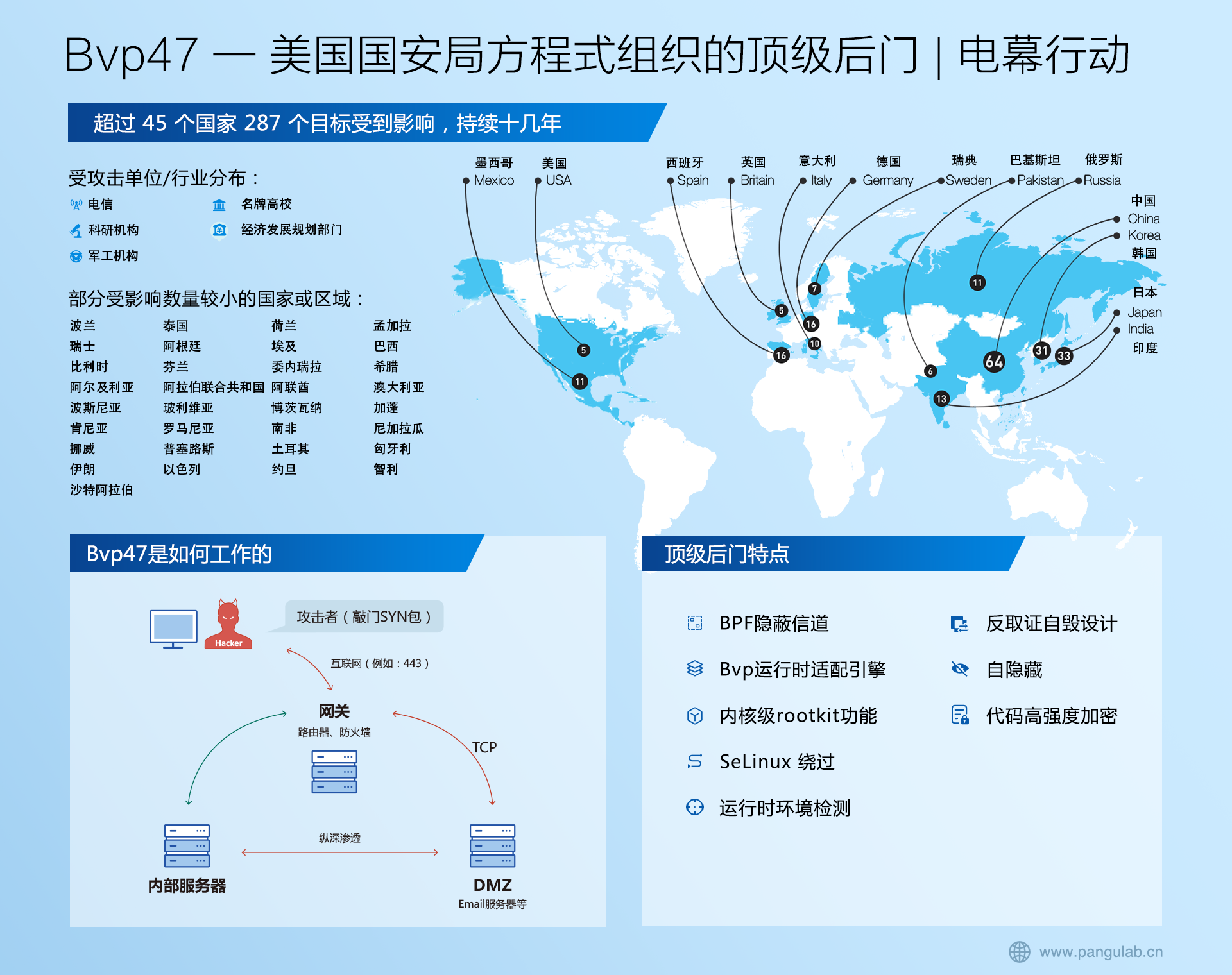SpringBoot——启动加载器解析
前言
如果有一段程序需要在SpringBoot框架启动之后立马执行,这就需要借助启动加载器来完成这个需求
计时器介绍
StopWatch是位于org.springframework.util包下的一个工具类,通过它可方便的对程序部分代码进行计时(ms级别),适用于同步单线程代码块。
StopWatch 主要是spring为了计算加载耗时产生的。 其内部包含一个list(代表任务的个数),当开始调用start方法后,然后调用stop,都会记录当前时间和start时间的耗时,然后封装成一个任务对象加入到StopWatch内部的list中,其中start和stop方法必须成对出现。
public ConfigurableApplicationContext run(String... args) {
// 计时工具
StopWatch stopWatch = new StopWatch();
stopWatch.start();
......
stopWatch.stop();
......
return context;
}
StopWatch源代码
public class StopWatch {
/**
* Identifier of this stop watch.
* Handy when we have output from multiple stop watches
* and need to distinguish between them in log or console output.
*/
//用来区分不同的StopWatch
private final String id;
//标记每次统计完一个任务耗时之后,需不需要将这次任务保存起来,即需不需要保存每次任务执行的信息
private boolean keepTaskList = true;
//需要执行的任务集合
private final List taskList = new LinkedList<>();
/** Start time of the current task. */
//当前任务开始时间
private long startTimeMillis;
/** Name of the current task. */
@Nullable
//当前正在执行的任务名
private String currentTaskName;
@Nullable
//最近一次的任务信息
private TaskInfo lastTaskInfo;
//此计时器一共执行过多少次任务
private int taskCount;
/** Total running time. */
//执行过任务之后,一共统计过多少耗时
private long totalTimeMillis;
/**
* Construct a new stop watch. Does not start any task.
*/
public StopWatch() {
this("");
}
/**
* Construct a new stop watch with the given id.
* Does not start any task.
* @param id identifier for this stop watch.
* Handy when we have output from multiple stop watches
* and need to distinguish between them.
*/
public StopWatch(String id) {
this.id = id;
}
/**
* Return the id of this stop watch, as specified on construction.
* @return the id (empty String by default)
* @since 4.2.2
* @see #StopWatch(String)
*/
public String getId() {
return this.id;
}
/**
* Determine whether the TaskInfo array is built over time. Set this to
* "false" when using a StopWatch for millions of intervals, or the task
* info structure will consume excessive memory. Default is "true".
*/
public void setKeepTaskList(boolean keepTaskList) {
this.keepTaskList = keepTaskList;
}
/**
* Start an unnamed task. The results are undefined if {@link #stop()}
* or timing methods are called without invoking this method.
* @see #stop()
*/
public void start() throws IllegalStateException {
start("");
}
/**
* Start a named task. The results are undefined if {@link #stop()}
* or timing methods are called without invoking this method.
* @param taskName the name of the task to start
* @see #stop()
*/
public void start(String taskName) throws IllegalStateException {
if (this.currentTaskName != null) {
throw new IllegalStateException("Can't start StopWatch: it's already running");
}
this.currentTaskName = taskName;
this.startTimeMillis = System.currentTimeMillis();
}
/**
* Stop the current task. The results are undefined if timing
* methods are called without invoking at least one pair
* {@code start()} / {@code stop()} methods.
* @see #start()
*/
public void stop() throws IllegalStateException {
if (this.currentTaskName == null) {
throw new IllegalStateException("Can't stop StopWatch: it's not running");
}
long lastTime = System.currentTimeMillis() - this.startTimeMillis;
this.totalTimeMillis += lastTime;
this.lastTaskInfo = new TaskInfo(this.currentTaskName, lastTime);
if (this.keepTaskList) {
this.taskList.add(this.lastTaskInfo);
}
++this.taskCount;
this.currentTaskName = null;
}
/**
* Return whether the stop watch is currently running.
* @see #currentTaskName()
*/
public boolean isRunning() {
return (this.currentTaskName != null);
}
/**
* Return the name of the currently running task, if any.
* @since 4.2.2
* @see #isRunning()
*/
@Nullable
public String currentTaskName() {
return this.currentTaskName;
}
/**
* Return the time taken by the last task.
*/
public long getLastTaskTimeMillis() throws IllegalStateException {
if (this.lastTaskInfo == null) {
throw new IllegalStateException("No tasks run: can't get last task interval");
}
return this.lastTaskInfo.getTimeMillis();
}
/**
* Return the name of the last task.
*/
public String getLastTaskName() throws IllegalStateException {
if (this.lastTaskInfo == null) {
throw new IllegalStateException("No tasks run: can't get last task name");
}
return this.lastTaskInfo.getTaskName();
}
/**
* Return the last task as a TaskInfo object.
*/
public TaskInfo getLastTaskInfo() throws IllegalStateException {
if (this.lastTaskInfo == null) {
throw new IllegalStateException("No tasks run: can't get last task info");
}
return this.lastTaskInfo;
}
/**
* Return the total time in milliseconds for all tasks.
*/
public long getTotalTimeMillis() {
return this.totalTimeMillis;
}
/**
* Return the total time in seconds for all tasks.
*/
public double getTotalTimeSeconds() {
return this.totalTimeMillis / 1000.0;
}
/**
* Return the number of tasks timed.
*/
public int getTaskCount() {
return this.taskCount;
}
/**
* Return an array of the data for tasks performed.
*/
public TaskInfo[] getTaskInfo() {
if (!this.keepTaskList) {
throw new UnsupportedOperationException("Task info is not being kept!");
}
return this.taskList.toArray(new TaskInfo[0]);
}
/**
* Return a short description of the total running time.
*/
public String shortSummary() {
return "StopWatch '" + getId() + "': running time (millis) = " + getTotalTimeMillis();
}
/**
* Return a string with a table describing all tasks performed.
* For custom reporting, call getTaskInfo() and use the task info directly.
*/
public String prettyPrint() {
StringBuilder sb = new StringBuilder(shortSummary());
sb.append('\n');
if (!this.keepTaskList) {
sb.append("No task info kept");
}
else {
sb.append("-----------------------------------------\n");
sb.append("ms % Task name\n");
sb.append("-----------------------------------------\n");
NumberFormat nf = NumberFormat.getNumberInstance();
nf.setMinimumIntegerDigits(5);
nf.setGroupingUsed(false);
NumberFormat pf = NumberFormat.getPercentInstance();
pf.setMinimumIntegerDigits(3);
pf.setGroupingUsed(false);
for (TaskInfo task : getTaskInfo()) {
sb.append(nf.format(task.getTimeMillis())).append(" ");
sb.append(pf.format(task.getTimeSeconds() / getTotalTimeSeconds())).append(" ");
sb.append(task.getTaskName()).append("\n");
}
}
return sb.toString();
}
/**
* Return an informative string describing all tasks performed
* For custom reporting, call {@code getTaskInfo()} and use the task info directly.
*/
@Override
public String toString() {
StringBuilder sb = new StringBuilder(shortSummary());
if (this.keepTaskList) {
for (TaskInfo task : getTaskInfo()) {
sb.append("; [").append(task.getTaskName()).append("] took ").append(task.getTimeMillis());
long percent = Math.round((100.0 * task.getTimeSeconds()) / getTotalTimeSeconds());
sb.append(" = ").append(percent).append("%");
}
}
else {
sb.append("; no task info kept");
}
return sb.toString();
}
/**
* Inner class to hold data about one task executed within the stop watch.
*/
public static final class TaskInfo {
private final String taskName;
private final long timeMillis;
TaskInfo(String taskName, long timeMillis) {
this.taskName = taskName;
this.timeMillis = timeMillis;
}
/**
* Return the name of this task.
*/
public String getTaskName() {
return this.taskName;
}
/**
* Return the time in milliseconds this task took.
*/
public long getTimeMillis() {
return this.timeMillis;
}
/**
* Return the time in seconds this task took.
*/
public double getTimeSeconds() {
return (this.timeMillis / 1000.0);
}
}
}
通过start与stop方法分别记录开始时间与结束时间,其中在记录结束时间时,会维护一个链表类型的tasklist属性,从而使该类可记录多个任务,最后的输出也仅仅是对之前记录的信息做了一个统一的归纳输出,从而使结果更加直观的展示出来。
使用步骤

start方法

stop方法

StopWatch优缺点:
优点:
- spring自带工具类,可直接使用
- 代码实现简单,使用更简单
- 统一归纳,展示每项任务耗时与占用总时间的百分比,展示结果直观,性能消耗相对较小,并且最大程度的保证了start与stop之间的时间记录的准确性
- 可在start时直接指定任务名字,从而更加直观的显示记录结果
缺点:
- 一个StopWatch实例一次只能开启一个task,不能同时start多个task,并且在该task未stop之前不能start一个新的task,必须在该task stop之后才能开启新的task,若要一次开启多个,需要new不同的StopWatch实例
- 代码侵入式使用,需要改动多处代码
启动加载案例演示
ApplicationRunner与CommandLineRunner
我们可以实现 ApplicationRunner 或 CommandLineRunner 接口, 这两个接口工作方式相同,都只提供单一的run方法,该方法在SpringApplication.run(…)完成之前调用,我们先来看看这两个接口:
@FunctionalInterface
public interface CommandLineRunner {
/**
* Callback used to run the bean.
* @param args incoming main method arguments
* @throws Exception on error
*/
void run(String... args) throws Exception;
}
@FunctionalInterface
public interface ApplicationRunner {
/**
* Callback used to run the bean.
* @param args incoming application arguments
* @throws Exception on error
*/
void run(ApplicationArguments args) throws Exception;
}
都只提供单一的run方法,接下来我们来看看具体的使用
ApplicationRunner
构造一个类实现ApplicationRunner接口
@Component
@Order(1)
public class ApplicationRunner1 implements ApplicationRunner {
@Override
public void run(ApplicationArguments args) throws Exception {
System.out.println("\u001B[32m[>>> startup ApplicationRunner1 <<<]");
}
}
很简单,首先要使用@Component将实现类加入到Spring容器中,如果有多个的话通过@Order(1)进行排序,然后实现其run方法实现自己的初始化数据逻辑就可以了
CommandLineRunner
对于这两个接口而言,我们可以通过Order注解或者使用Ordered接口来指定调用顺序, @Order() 中的值越小,优先级越高
@Component
@Order(1)
public class CommandLineRunner1 implements CommandLineRunner {
@Override
public void run(String... args) throws Exception {
System.out.println("\u001B[32m[>>> startup runner1 <<<]");
}
}
同样需要加入到Spring容器中,CommandLineRunner的参数是最原始的参数,没有进行任何处理,ApplicationRunner的参数是ApplicationArguments,是对原始参数的进一步封装,如果有多个的话通过@Order(1)进行排序
ApplicationRunner和CommandLineRunner排序规则
- 通过Order指定顺序
- Order值相同ApplicationRunner的实现优先执行
启动加载原理解析
从SpringApplication.run方法的第8步callRunners开始
public ConfigurableApplicationContext run(String... args) {
```
// 第八步:执行Runners
callRunners(context, applicationArguments);
```
return context;
}
private void callRunners(ApplicationContext context, ApplicationArguments args) {
List
很明显,是直接从Spring容器中获取ApplicationRunner和CommandLineRunner的实例,并调用其run方法,这也就是为什么我要使用@Component将ApplicationRunner和CommandLineRunner接口的实现类加入到Spring容器中了。
ApplicationRunner和CommandLineRunner实现类的差异点
- 执行优先级差异
- run方法入参不一致
ApplicationRunner和CommandLineRunner实现类的相同点
- 调用点一样
- 实现方法名一样
参考: https://blog.csdn.net/gxs1688/article/details/87185030
https://www.cnblogs.com/java-chen-hao/p/11835120.html







